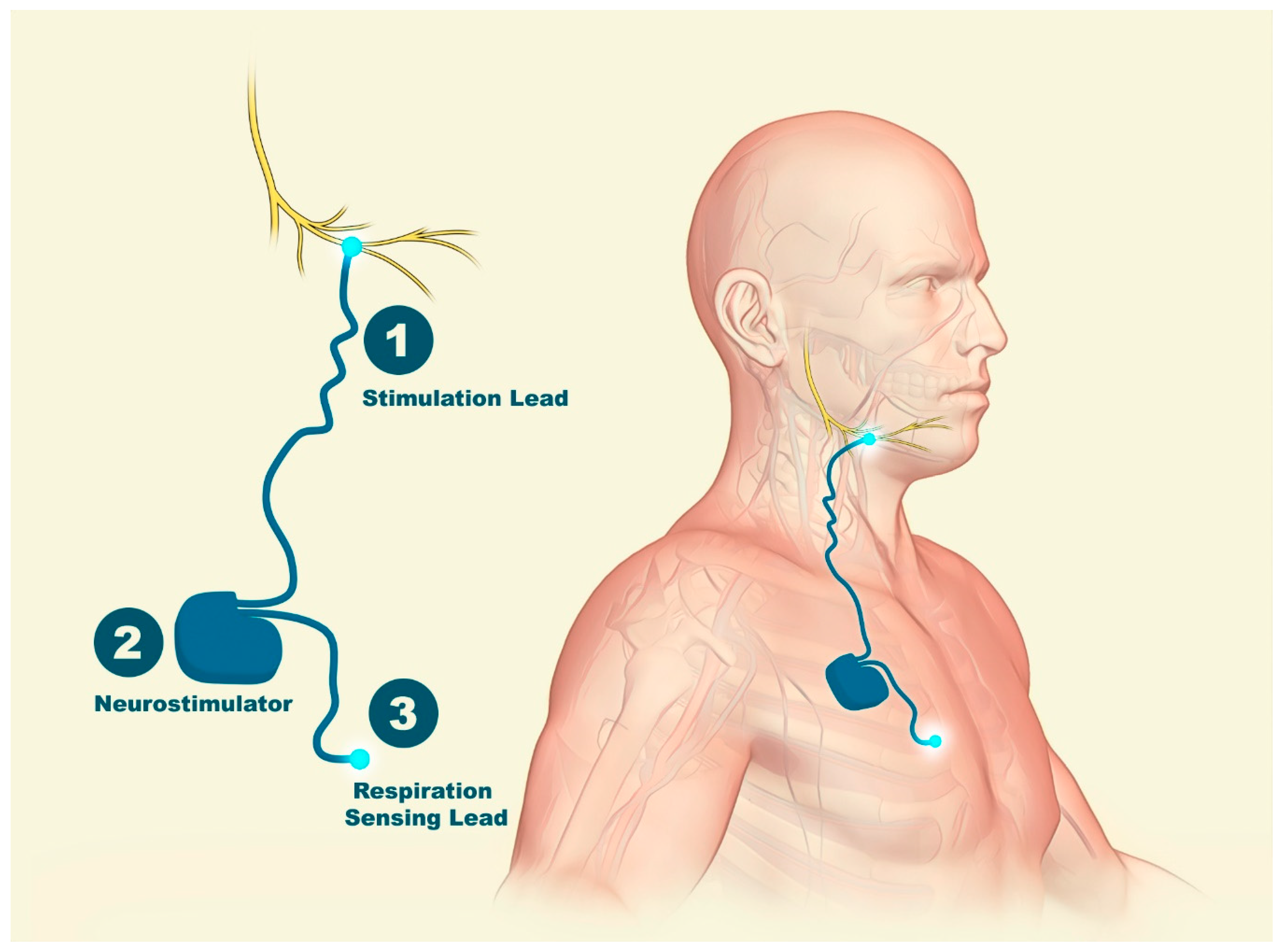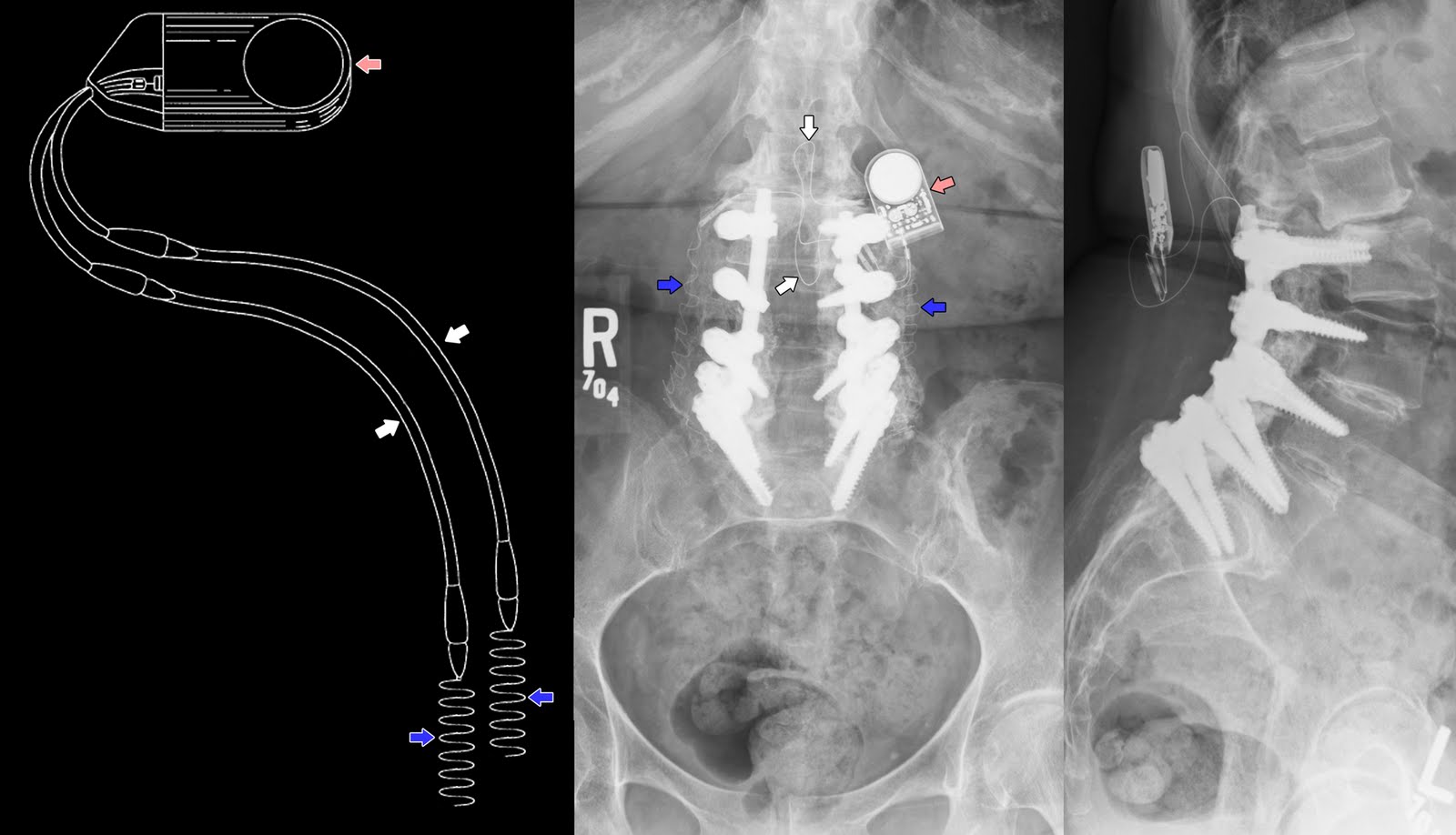

ME-BIT’s wearable charger requires no surgery. Battery-powered implants can also require additional surgery to replace batteries.


Leads like those often used for pacemakers can cause inflammation, and sometimes need to be replaced.
#Nerve stimulator implant skin
The ability to power the implants with magnetoelectric materials eliminates the need for electrical leads through the skin and other tissues. “We’re delivering them using the same catheters you would use for an endovascular procedure, but we would leave the device outside the vessel and place a guidewire into the bloodstream as the stimulating electrode, which could be held in place with a stent.” No batteries required “Because the devices are so small, we can use blood vessels as a highway system to reach targets that are difficult to get to with traditional surgery,” says Jacob Robinson, an associate professor of electrical and computer engineering and of bioengineering at Rice University. The implant, detailed in Nature Biomedical Engineering, could replace more invasive units that now treat Parkinson’s disease, epilepsy, chronic pain, hearing loss, and paralysis. Researchers successfully tested the technology on animal models and found it could charge and communicate with implants several centimeters below the skin. Once there, the device can be powered and securely controlled with a near-field transmitter worn close to the body. The MagnetoElectric Bio ImplanT-aka ME-BIT-is placed surgically and an electrode is fed into a blood vessel toward the nerve targeted for stimulation. “Because the devices are so small, we can use blood vessels as a highway system to reach targets that are difficult to get to with traditional surgery.” The nerve stimulators require no batteries and instead draw both their power and programming from a low-powered magnetic transmitter outside the body. Researchers have published the first proof-of-concept results from a years-long program to develop tiny, wireless devices that can treat neurological diseases or block pain. An implant not much bigger than a grain of rice could treat chronic pain and diseases and neurological diseases by stimulating nerves.


 0 kommentar(er)
0 kommentar(er)
